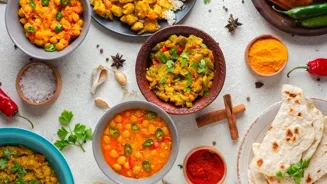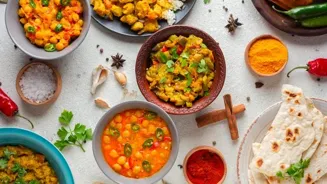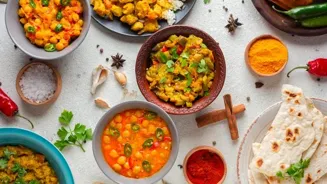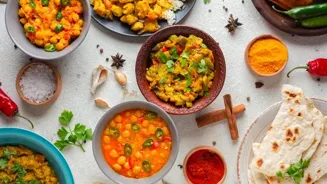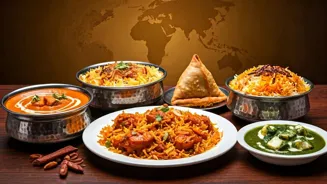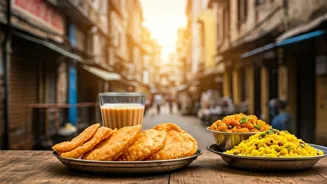Discover the heartbeat of Indian cities with street food vendors. Explore their impact on economy, culture, and community. Read more
From the bustling metropolis of Mumbai to the serene lanes of Varanasi,
the aroma of street food is an integral part of the Indian urban experience.
More than just a quick and affordable meal, street food vendors are woven into the very fabric of Indian cities, contributing significantly to the economy, culture, and social life.
They are the culinary artists who tantalize our taste buds with regional specialties, offering a diverse range of vegetarian delights that reflect the country's rich culinary heritage.
These vendors are not merely selling snacks; they are preserving age-old recipes and traditions, passed down through generations, offering a taste of home to those far away and an authentic experience to tourists.
Street food vendors foster community through affordable, diverse offerings
Street food vendors play a crucial role in the daily lives of millions. For many, especially students and working professionals, it's an easily accessible and budget-friendly alternative to cooking or eating at expensive restaurants.
The sheer variety is astounding – from the crispy dosas and fluffy idlis of South India to the spicy chaats and flavorful parathas of the North, there's something to satiate every palate. Beyond the convenience and affordability, street food provides a sense of community.
The interactions between vendors and customers are often informal and friendly, creating a vibrant social space where people from all walks of life can connect and share a common experience.
These interactions strengthen social bonds and contribute to a sense of belonging in the increasingly impersonal urban landscape.
Street food vendors boost economy through livelihoods, tourism, and local sourcing
The economic impact of street food vendors is undeniably significant. They provide livelihoods for a vast number of people, often from marginalized communities, offering self-employment opportunities with relatively low startup costs.
This informal sector contributes substantially to the urban economy, generating revenue and supporting local supply chains. Many vendors source their ingredients from local farmers and markets, further stimulating the agricultural sector.
Moreover, the street food industry attracts tourists, both domestic and international, who are eager to experience the authentic flavors of India. The influx of tourists boosts revenue for local businesses and promotes cultural exchange, showcasing the country's culinary heritage to the world.
Challenges faced by street food vendors for sustainability and health
However, the lives of street food vendors are not without their challenges. They often face issues such as lack of access to clean water and sanitation facilities, inadequate infrastructure, and harassment from local authorities.
Many vendors operate without proper licenses and permits, making them vulnerable to extortion and eviction. The lack of regulations and quality control can also pose a risk to public health, as food safety standards are not always strictly enforced.
Addressing these challenges is crucial to ensure the sustainability and growth of the street food sector while also safeguarding the health and well-being of both vendors and consumers.
Initiatives enhance street food vendors' livelihoods and safety
Several initiatives are underway to address the challenges faced by street food vendors and to formalize the sector. Government programs are providing training and financial assistance to vendors, helping them improve their hygiene practices and upgrade their equipment.
Efforts are also being made to provide designated vending zones with basic infrastructure, such as water supply, waste disposal, and electricity.
Initiatives focused on digital literacy and financial inclusion are also empowering vendors to access online payment platforms and manage their finances more effectively.
These initiatives are not only improving the livelihoods of vendors but also enhancing the overall quality and safety of street food.
Future of Indian street food looks promising with a supportive ecosystem and collaboration
Looking ahead, the future of street food in Indian cities looks promising. As urban populations continue to grow, the demand for affordable and convenient food options will only increase.
The key lies in creating a supportive ecosystem that enables vendors to thrive while ensuring food safety and public health. This requires a collaborative effort involving government agencies, local communities, and the vendors themselves.
By formalizing the sector, providing access to resources, and promoting best practices, we can ensure that street food continues to be a vibrant and integral part of Indian urban life, preserving our culinary heritage and enriching the cultural landscape of our cities for generations to come.
The aroma of freshly cooked street food is, after all, the aroma of India itself.
AI Generated Content. Glance/InMobi shall have no liability for the content